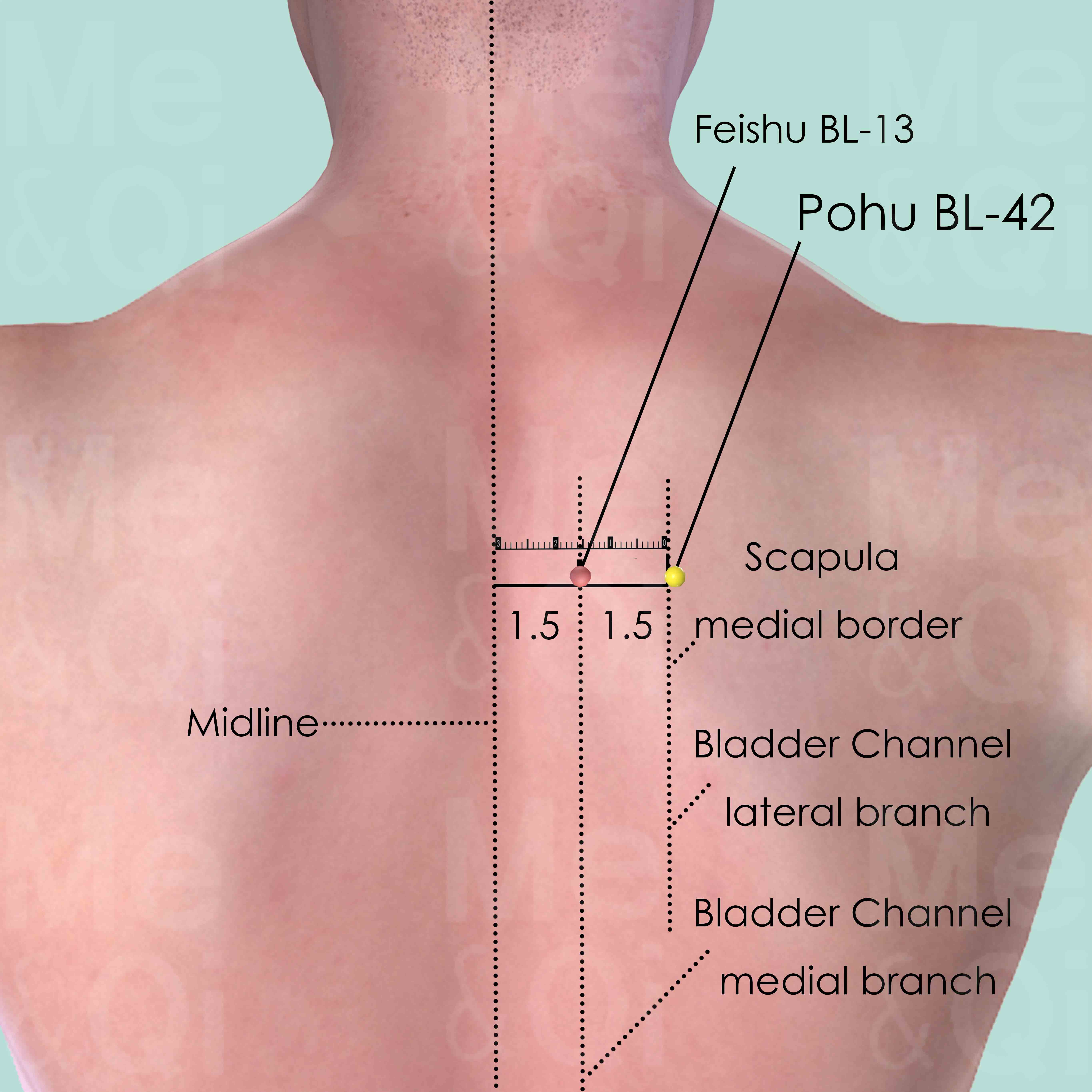Scapula Stiffnessaccording to TCM
Symptom families: Joint Symptoms, Shoulder Issues
Parent symptom: Joint Stiffness
Did you mean? Scapula Pain
What is Scapula Stiffness?
Scapula stiffness, commonly referred to as shoulder blade stiffness, is a rigidity or restriction of movement in the scapular region. It can significantly affect mobility, leading to difficulty in arm movement and sometimes pain or discomfort during upper body motion.
Scapula stiffness may result from various causes, such as overuse, muscle strain, or underlying skeletal conditions. It's not uncommon for individuals experiencing this type of stiffness to report challenges in reaching overhead or performing tasks behind the back.
How does TCM view Scapula Stiffness?
In Traditional Chinese Medicine (TCM), scapula stiffness is seen as a symptom of energy stagnation or blockages within the meridians that cross the shoulder area. TCM proposes that such stiffness could arise from imbalances in Qi or Blood, or from external causes such as invasion by Cold or Dampness.
The emphasis in TCM is on identifying the specific pattern of disharmony causing the stiffness, as each pattern calls for a unique treatment approach, which may include acupuncture, herbal remedies, and Qi Gong exercises.
Acupoints for Scapula Stiffness
For addressing scapula stiffness, TCM turns to acupoint therapy as a method to restore harmonious flow of Qi and relieve tension. One such point is Pohu BL-42, located on the Bladder Channel, which is thought to be particularly effective in benefiting the Corporeal Soul (Po), tonifying the Lung Qi, and subduing Rebellious Qi that may contribute to the stiffness. This targeted treatment reflects the TCM principle of using acupoints to tap into the body's natural healing pathways and rebalance its energies.
See more details below about Pohu BL-42, an acupoint used to address scapula stiffness.
- By Meridian
- Bladder Channel

Pohu BL-42
3 cun (about 4 finger-breadths) lateral to the lower border of the spinous process of the 3rd thoracic vertebra (T3).
